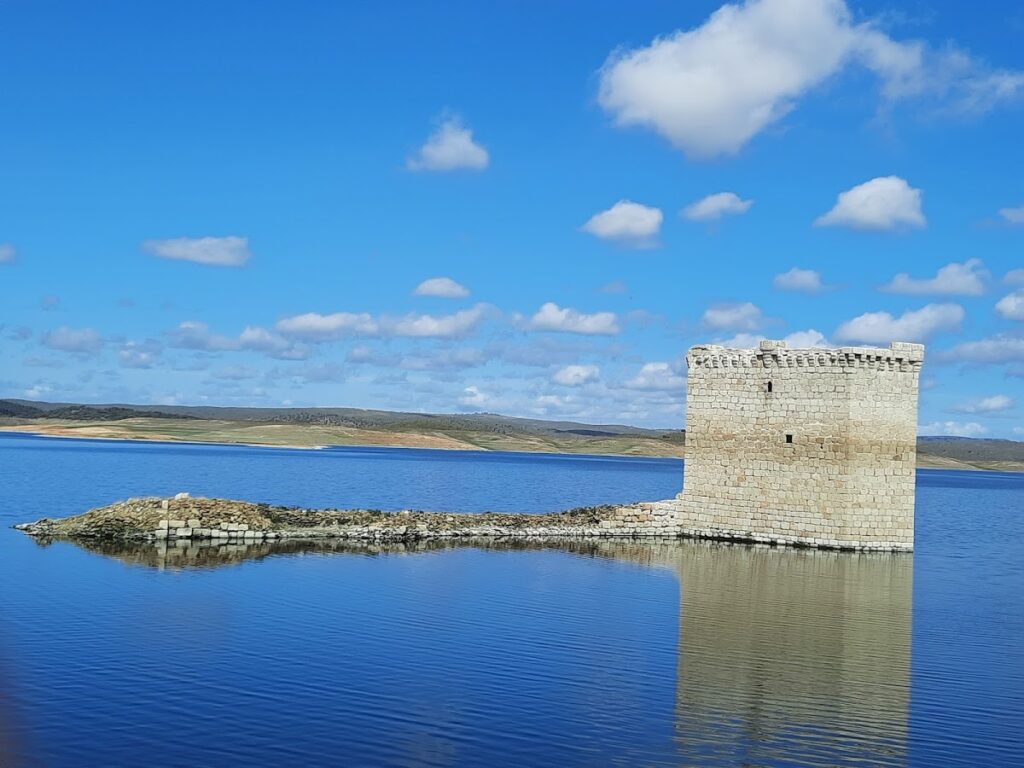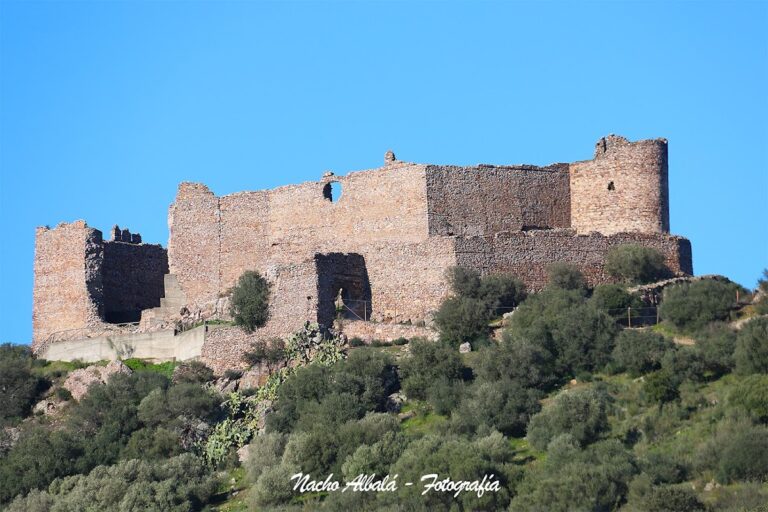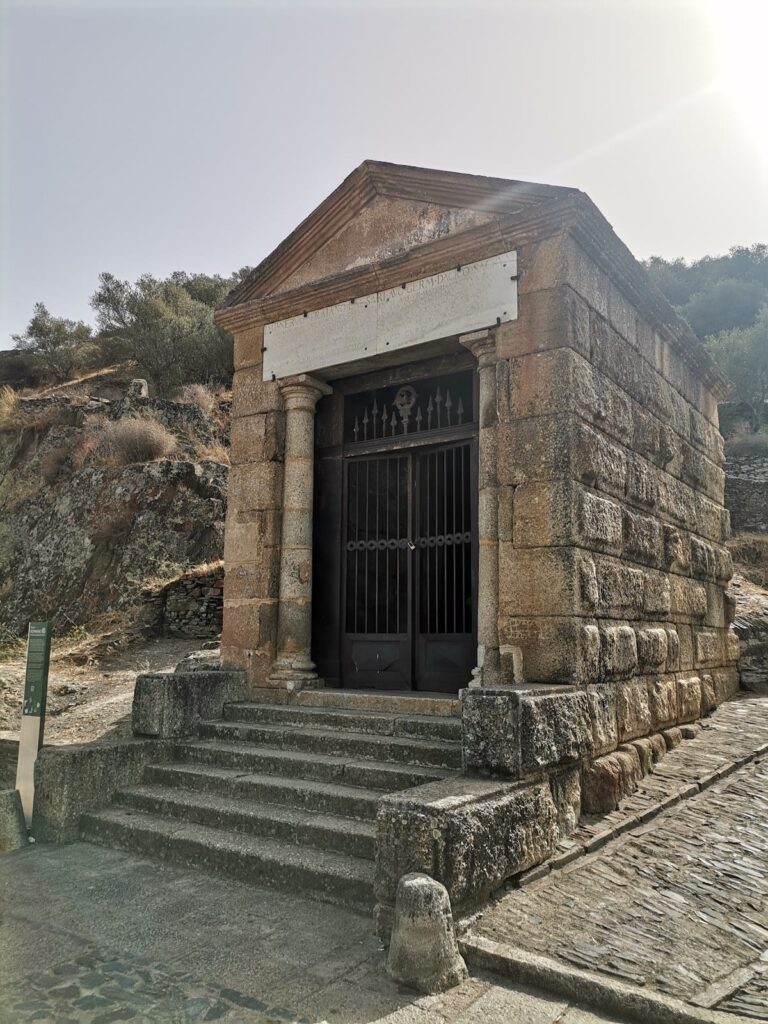Castle of Floripes: A Historic Fortress in Garrovillas de Alconétar, Spain
Visitor Information
Google Rating: 4.5
Popularity: Very Low
Google Maps: View on Google Maps
Country: Spain
Civilization: Unclassified
Remains: Military
History
The Castle of Floripes is situated in the municipality of Garrovillas de Alconétar, Spain. Its origins trace back to an Arab fortress, established during the period of Muslim rule on the Iberian Peninsula.
Following its Arab beginnings, the fortress came under Christian control when Fernando II of León captured it in the 12th century. In 1166, Fernando II granted the castle to the Knights Templar, a military and religious order tasked with defending Christian territories during the Reconquista. This marked the beginning of the castle’s association with the Templars, who maintained possession well into the early 14th century.
Despite widespread redistribution of fortresses in the region by Alfonso IX in 1203—who transferred many such holdings to the Order of Alcántara—the Castle of Floripes remained under Templar control. This continued until the official dissolution of the Knights Templar in 1312. Throughout this period, the castle served as a martial and strategic bastion.
Historical documents mention the castle’s importance, including references by King Juan II. The site also occupies a place in cultural memory through legends and literary allusions. Notably, the famous Spanish writer Miguel de Cervantes hinted at the castle indirectly in two passages of Don Quixote, reflecting its resonance beyond purely military or administrative functions.
In modern times, the landscape around the castle changed drastically with the creation of the José María de Oriol-Alcántara II reservoir. This development submerged much of the site, leaving it visible only during rare dry spells. Despite this, the castle remains protected under Spanish heritage legislation enacted in the mid-20th century and reaffirmed in 1985, though it is subject to gradual decay.
Remains
The remnants of the Castle of Floripes primarily consist of medieval defensive structures typical of its era. Its core visible element is the keep, or tower of homage, which stands as the most prominent survivor of the original fortress. This tower, constructed as a final stronghold within the castle, becomes apparent when water levels in the surrounding reservoir recede.
During particularly dry seasons, the crenellated walls—fortified barriers topped with alternating high and low sections known as battlements—also emerge above the water. These walls would have provided protection and vantage points for defenders. The combined presence of the tower and sections of the enclosure walls marks the surviving footprint of what was once a more complex military installation.
Photographs from as early as 1924, alongside more recent images, document these structures. They reveal a fortress built with standard defensive architecture of the medieval period, although details regarding materials or ornamental design are not extensively recorded. The castle’s proximity to the reservoir and visibility alongside other nearby historical sites, such as the Castle of Portezuelo, situates it within a broader landscape of medieval fortifications.
Today, while partially submerged and subject to ongoing deterioration, the keep and fragmented walls provide valuable insight into the fortress’s original layout and defensive purpose. Their endurance through centuries reflects both the castle’s strategic importance and the changing environmental conditions that now obscure much of its remains.






